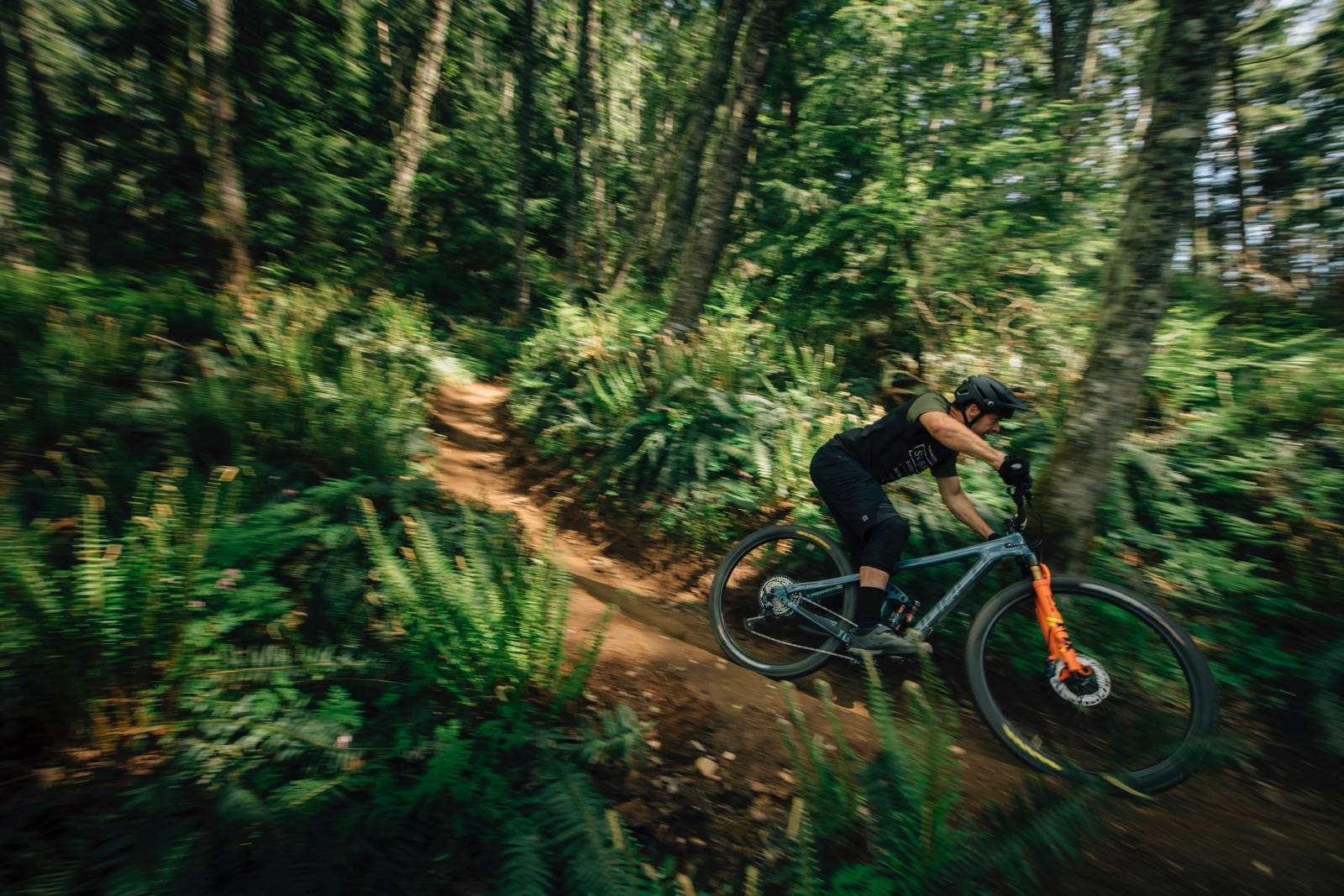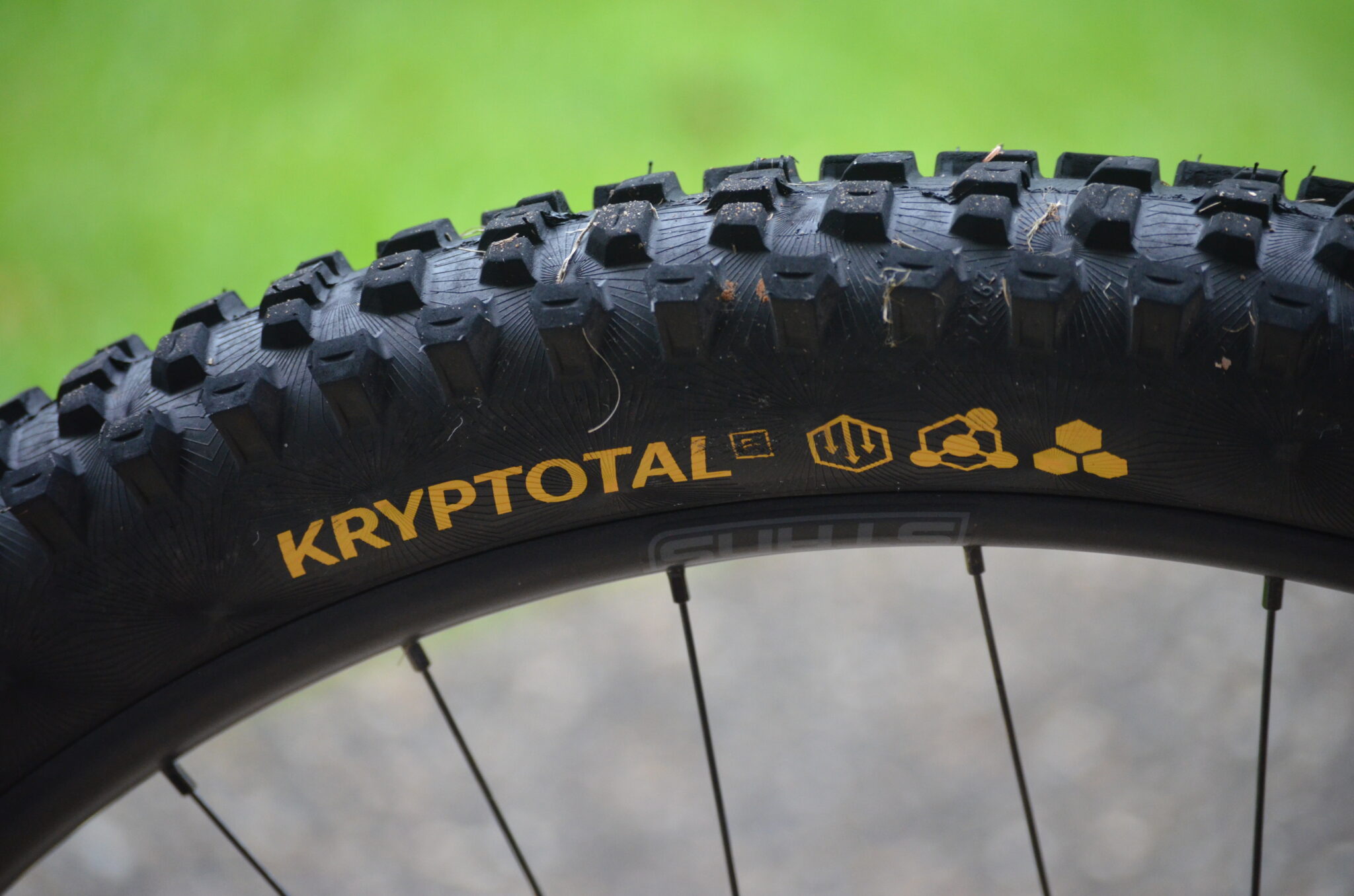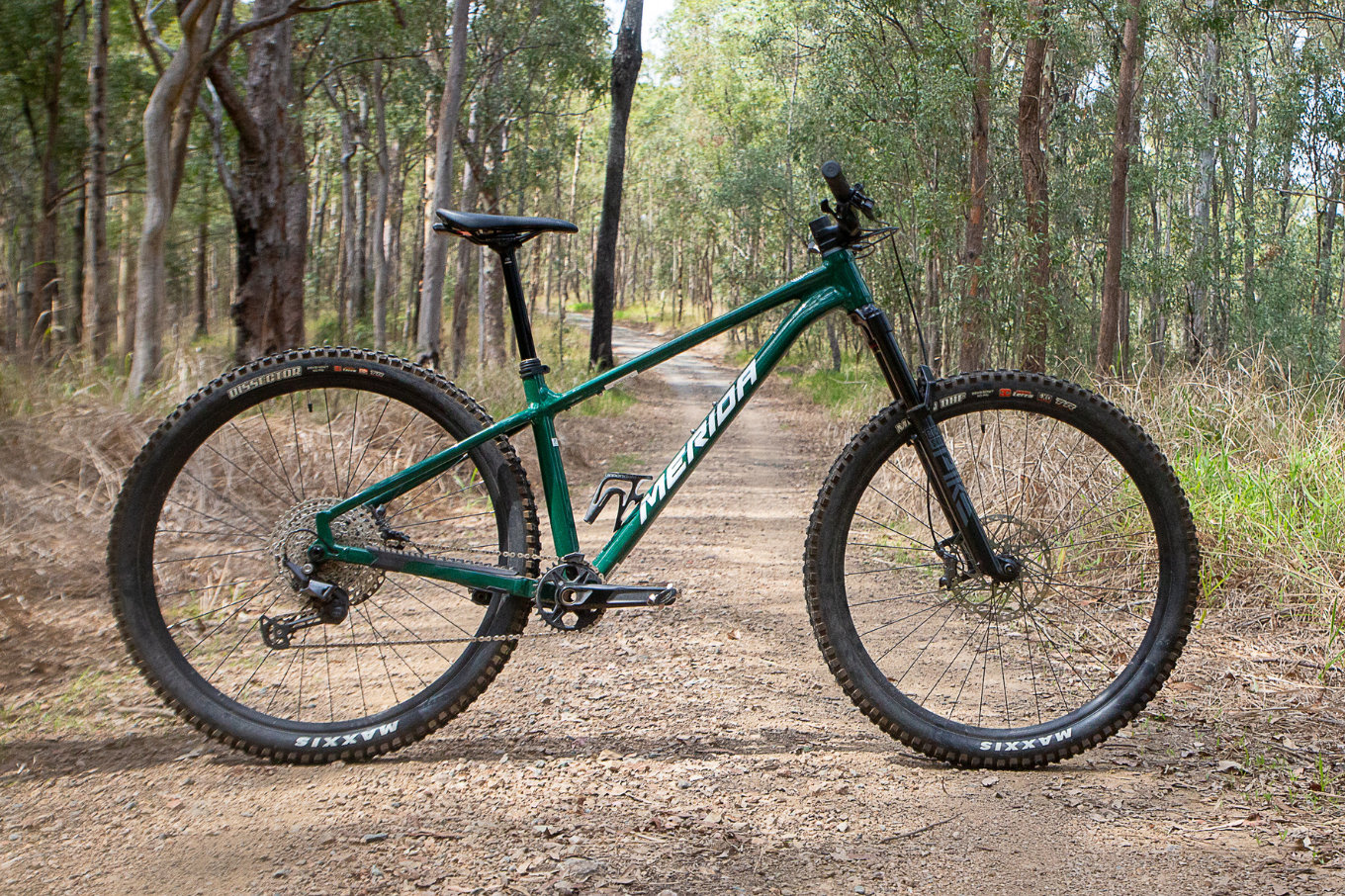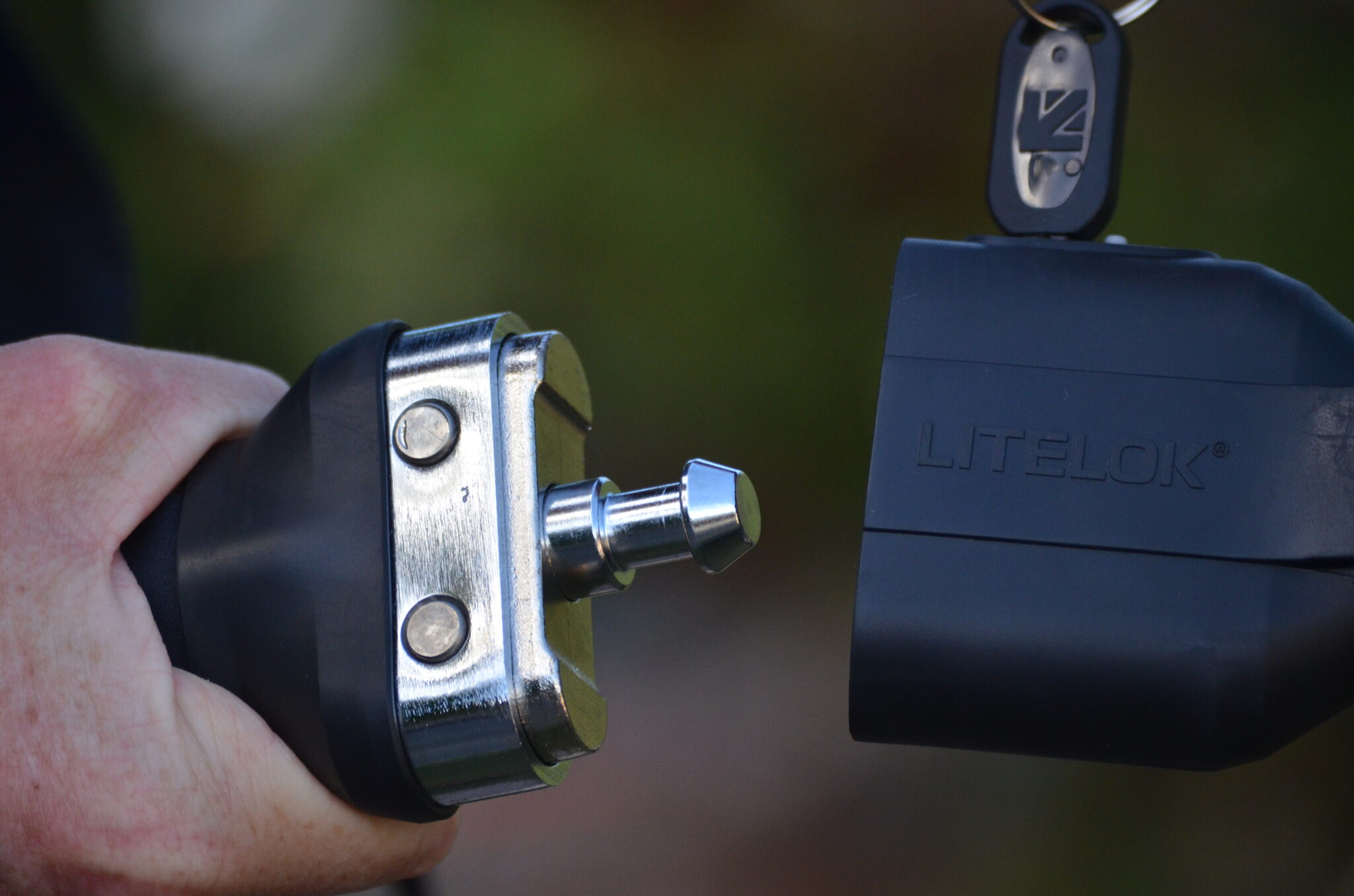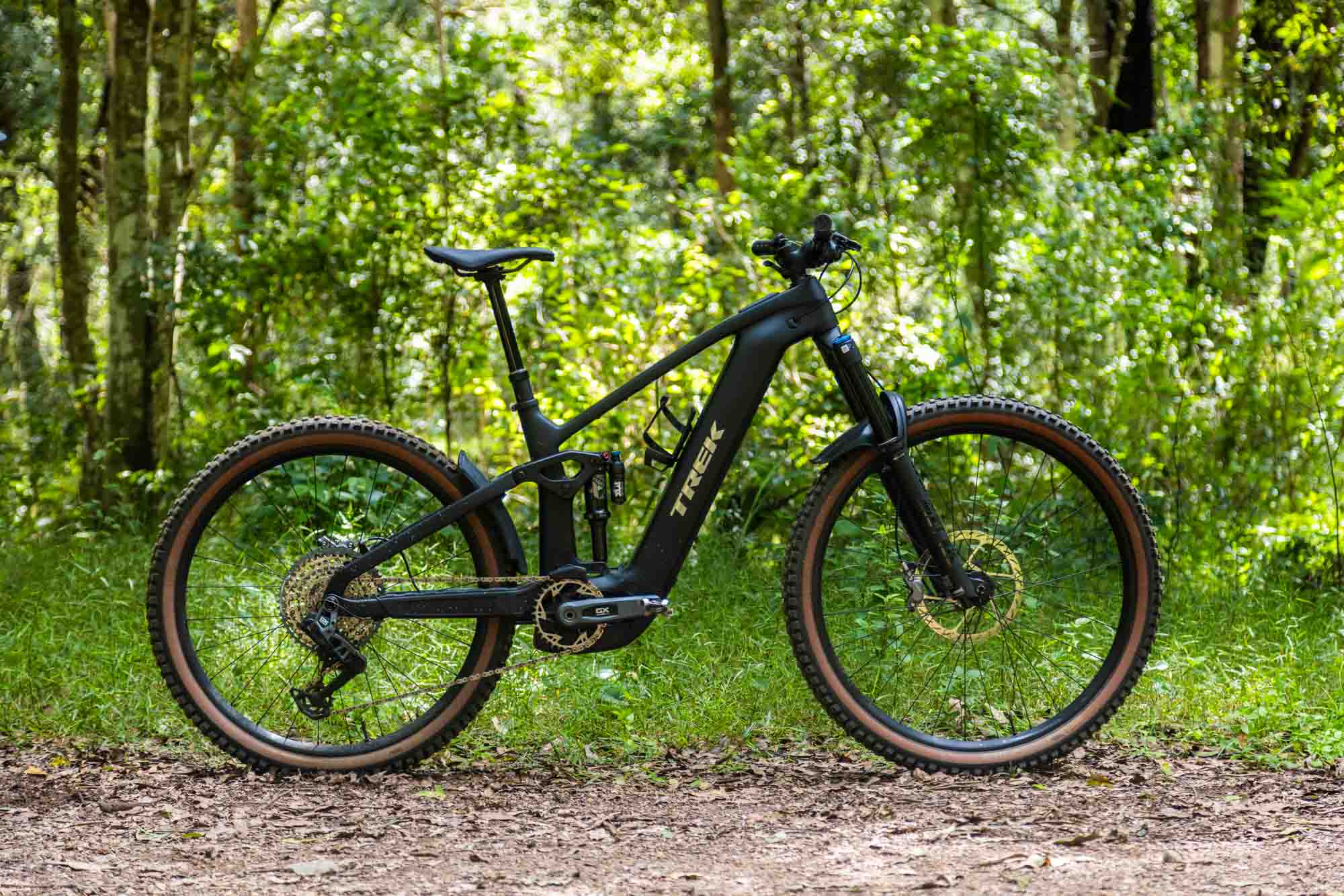Everything you need to know about Shimano's 12 speed family
Find out everything you need to know about the Shimano 12-speed family!
Words: Mike Blewitt Photos: Paris Gore, Sterling Lorence
Is 12 gears just a matter of keeping up, or getting ahead? Shimano’s oldest mountain bike group set, Deore XT, was updated in late May. With SLX being redesigned as 12-speed and XTR M9100 launched in May 2018 Shimano now has 3 major group sets offering 12 speeds and a huge 510% range cassette. But it’s a whole lot more about just having the range.
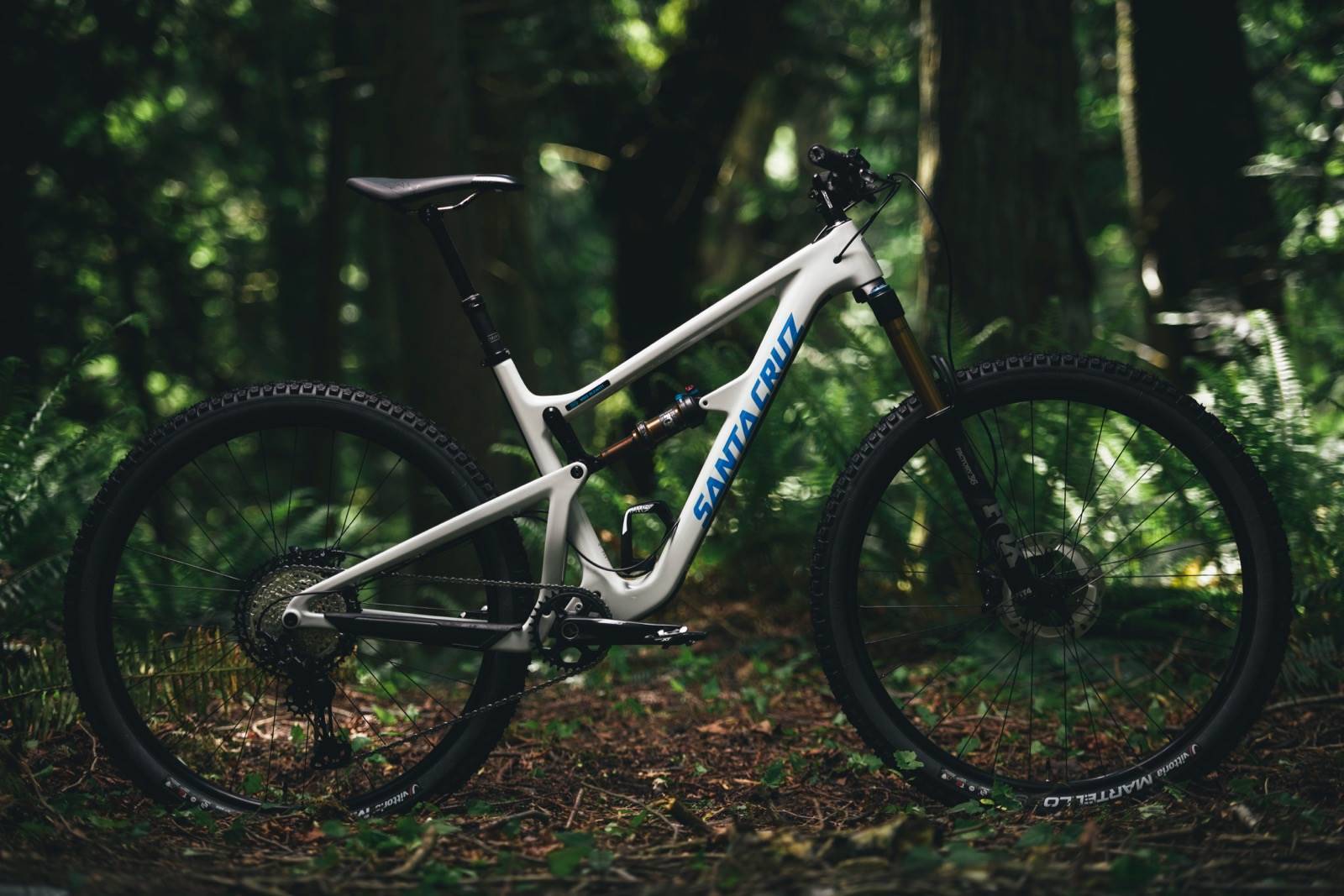
The Shimano Deore XT group set is the world’s oldest mountain bike specific group, and one that has seen many innovations across its history, including being the first group set to have V-brakes! The new M8100 group has gained just about all the options and new tech from the range-leading XTR M9100 group set released 12 months prior. SLX is now also available in 12-speed as M7100.
Shimano organised a product launch in the Pacific North West of the USA, right in Bellingham, Washington to be precise. This corner of the US is known for craft beer, the Cascade Mountains, coffee, aeroplanes, permaculture and to a lesser extent some exceptional mountain biking. With pro riders Bryn Atkinson and Jill Kintner calling it home, you know it has to be pretty good.
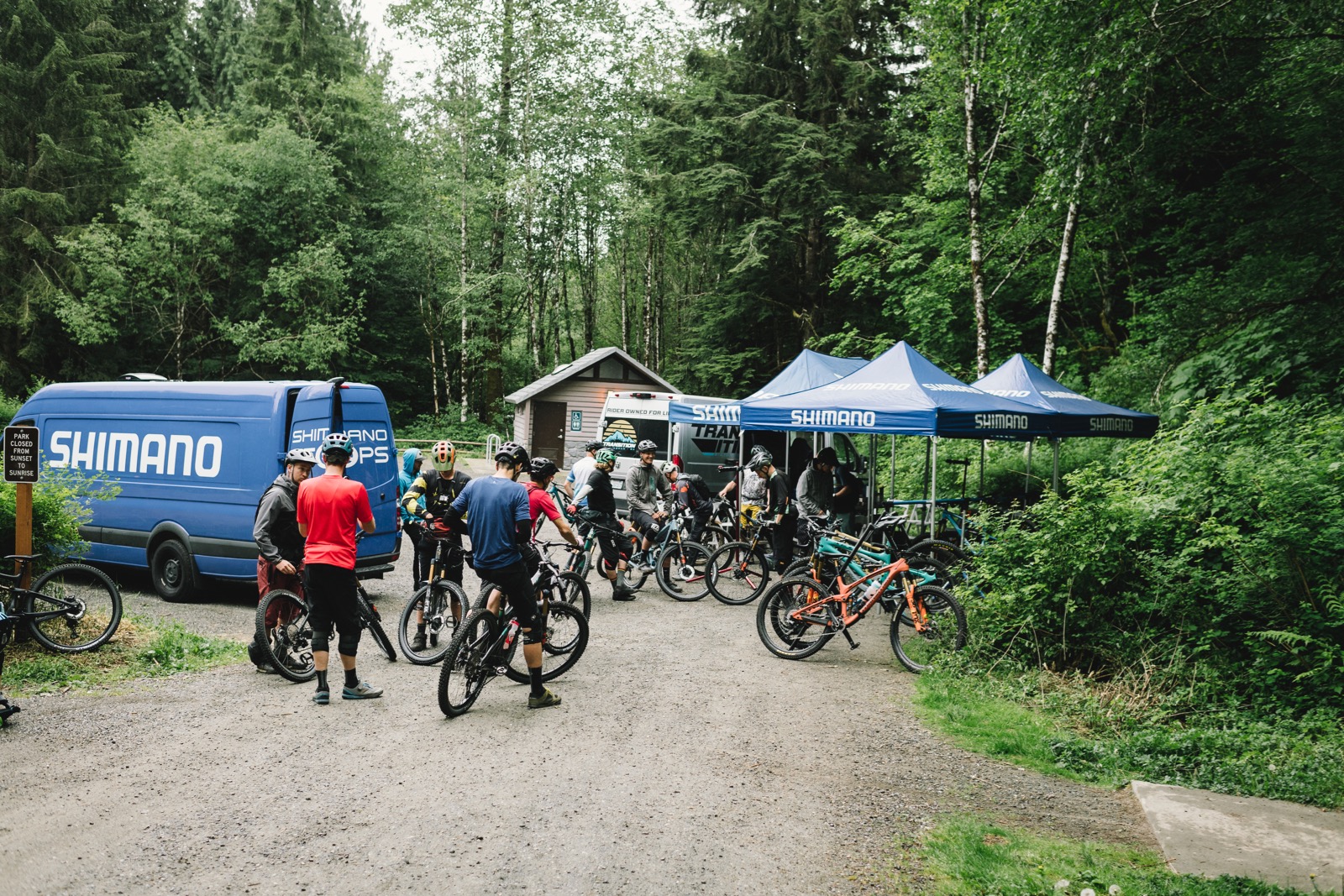
This would be the first ride on Shimano’s 12-speed Deore XT for much of the world’s mountain bike media. And given the delays on delivery of full XTR M9100 group sets, Shimano knew they really had to hit a home run with Deore XT M8100 – which in part is why they released SLX M7100 12 speed at the same time. The good news? Shimano had Deore XT groups ready to send to bike stores, with SLX group sets ready a few weeks later.
XTR, Deore XT and SLX – what’s the difference?
The great thing about Shimano’s top three mountain bike group sets all being 12-speed is that the features are really similar across all three. All three group sets offer direct mount chainrings for 1x dedicated drivetrains. They all have 2-piston and 4-piston brake options. All group sets have a 10-51 and 10-45 cassette option. All group sets use Hyperglide Plus for faster and more secure shifting up and down the cassette. The iSpec EV mounting system is standard, and the new hub design is the same across all of the group sets.
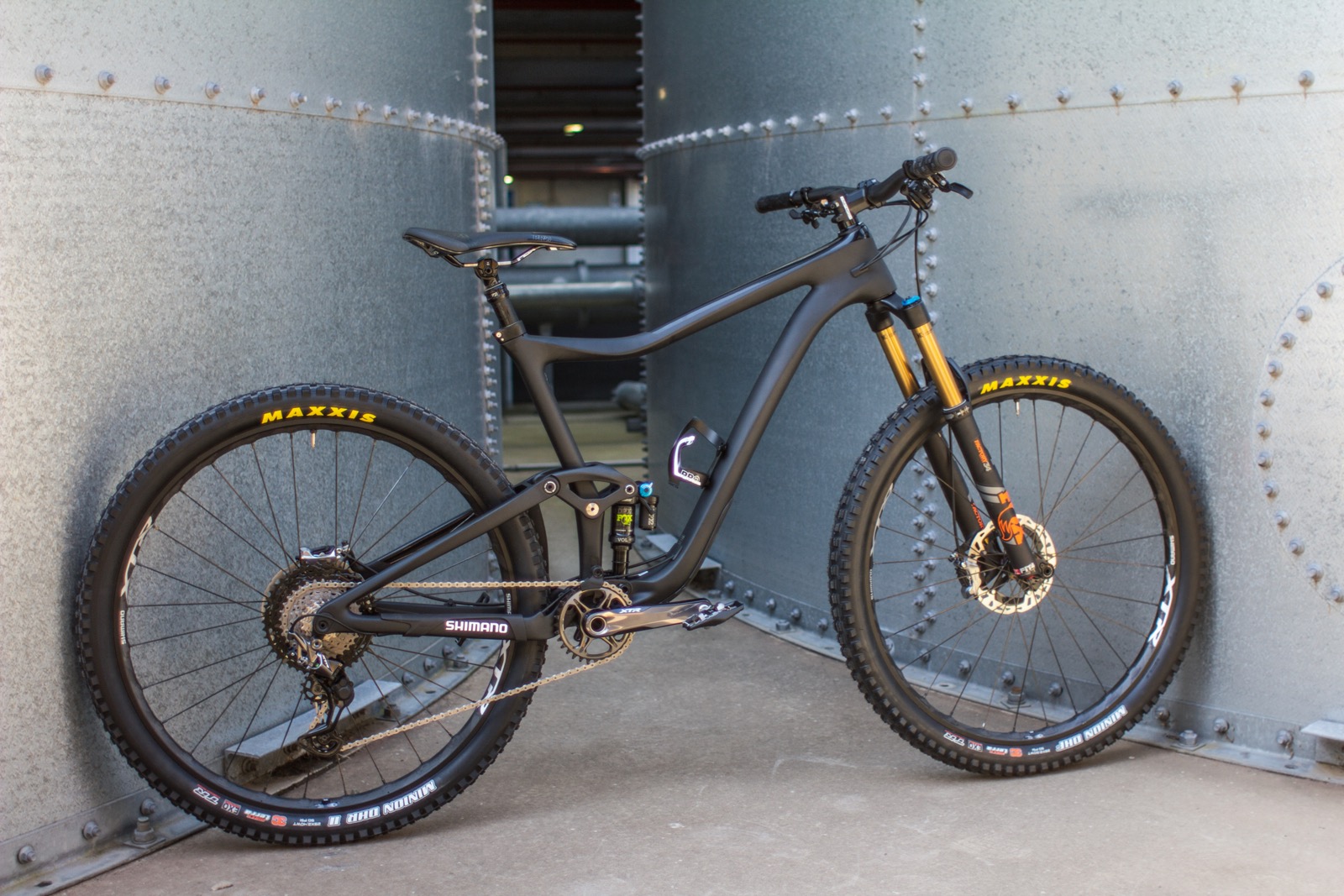
Where things change are in materials, manufacturing processes, ergonomics, shift action and some of the finer options like chain ring sizes, derailleur cage lengths and chain line options.
The myriad of options within a group set means you can build a 2×12 touring mountain bike, or an enduro race rig with the same group set. Sure, some parts might change like brakes and chain ring configuration, but the idea is that you can have the same level of quality and performance no matter what the riding you want to do is. But here are the key differences within the main components.
Shifters
XTR is the boss of the shifters, being able to up and down shift multiple gears at once, with an instant action and two way release – where you can upshift with a thumb or forefinger. Deore XT has similar actions and still has a firm feel so you’re not likely to accidentally shift. SLX is a lot softer at the lever and while you can have two way release, you can’t shift more than one gear at once.
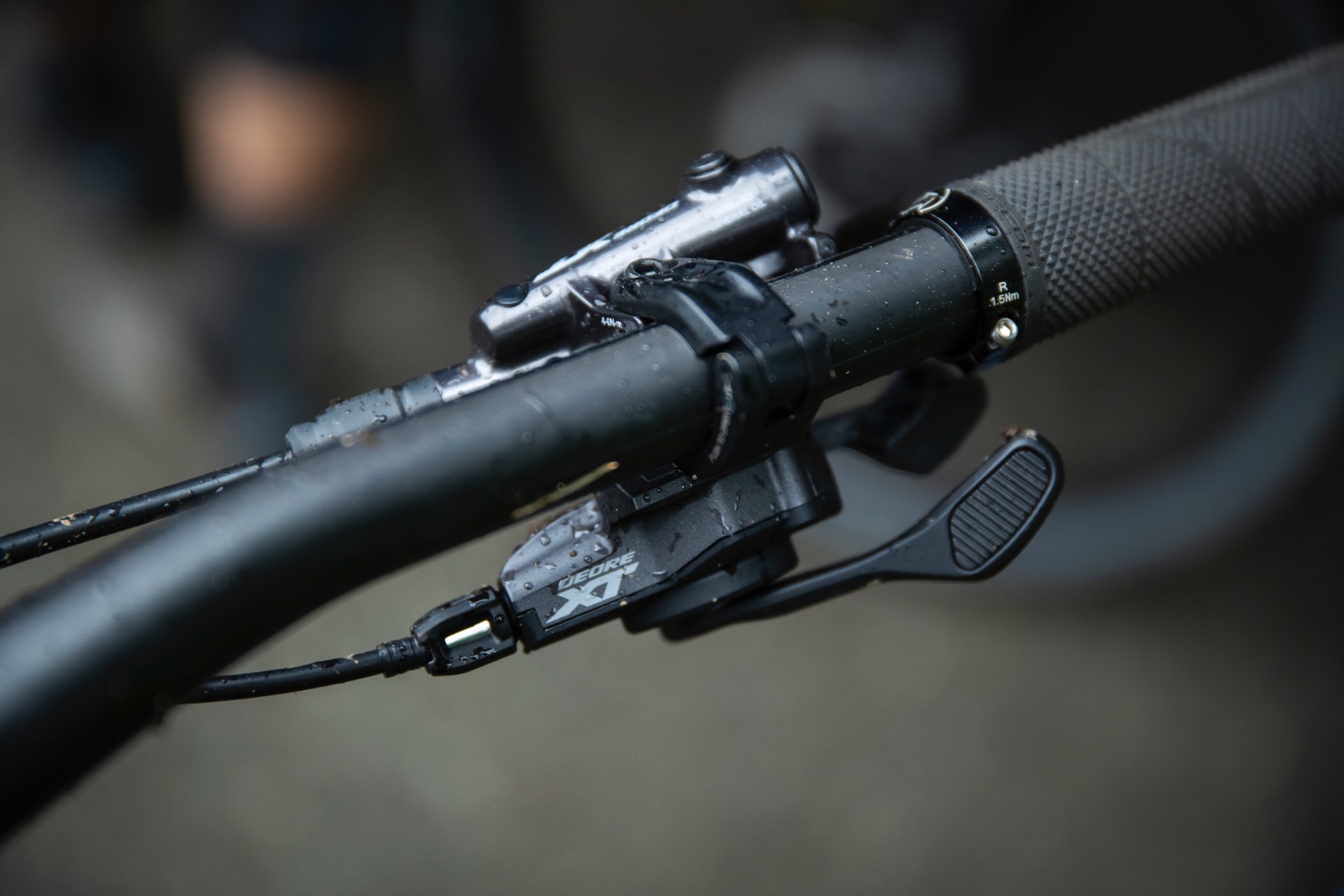
They all come as a bar mount option, or iSpecEV. XTR M9100 has the greatest amount of adjustment with iSpecEV. There is a Mono shift lever for 2x options in each group set. It uses a push to shift and push to release action.
Brakes
All three group sets have a 2 pot and 4 pot brake system. The XTR one differs a little as the M9100 lever does away with the ServoWave feature. For Deore XT and SLX, the levers are the same between the 2 and 4 pot brakes – just the callipers change. All levers share the new mount which moves the clamp inboard for a stiffer lever.
All the 4 pot brakes will be stronger than the 2 pot versions, and they are designed to deal with a lot of heat. All the brakes have faster piston retraction, and the brake systems have greater modulation. The XTR M9100 2-pot brakes are by far the lightest option if that’s what you’re after.
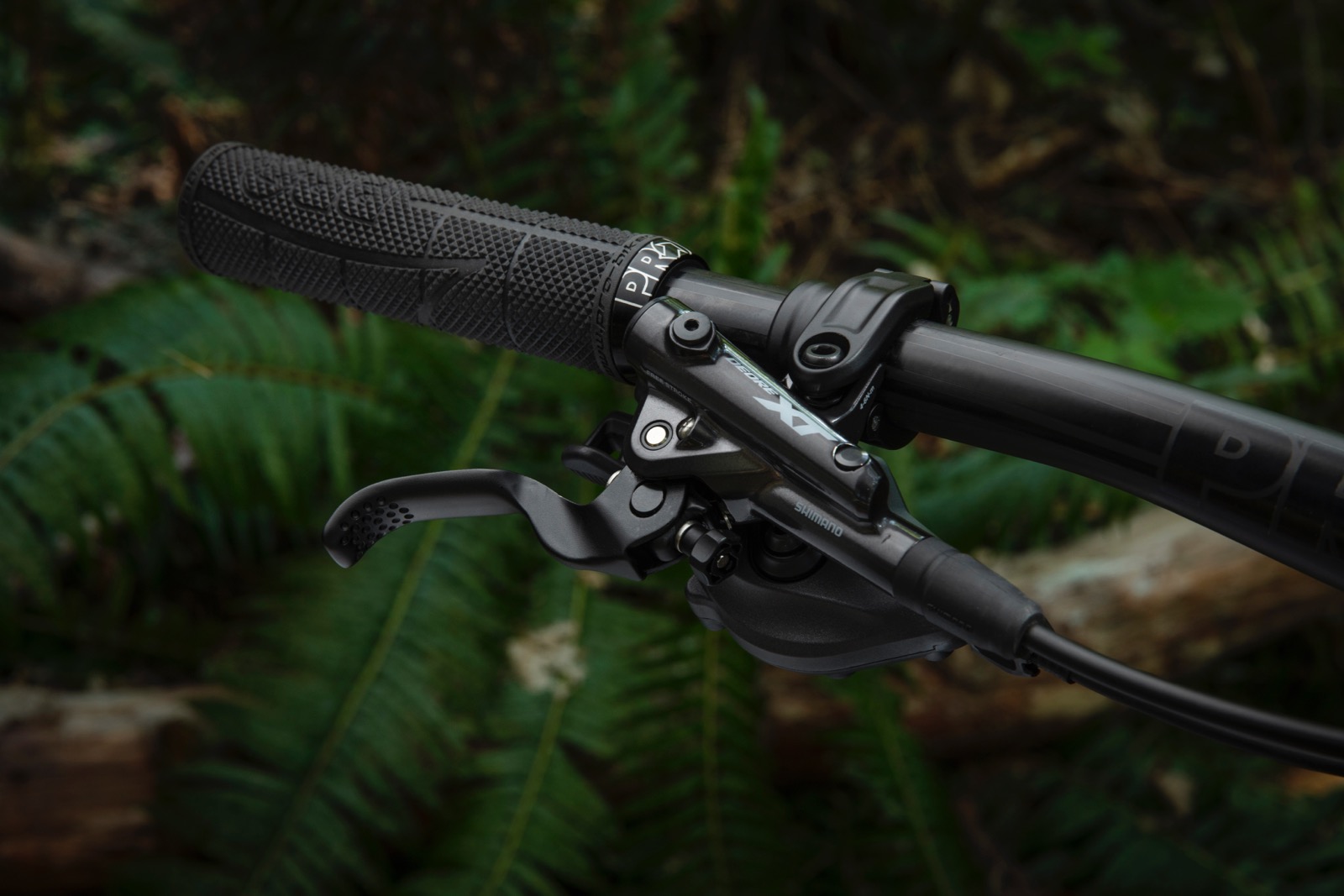
The rotors have similar tech with Ice Tech Freeza on XTR in 140-203mm sizes in centrelock, The Deore XT rotors come in the same sizes, same tech, but without the black anodising. SLX rotors remain the same.
Derailleurs
So there’s a bit of a change here. While there are two cassette sizes in each group set, you can only get a short cage (GS) derailleur in XTR M9100… for now. They all use oversize pulley wheels, Shadow Plus design with an adjustable clutch and the have a bump guard to keep them quiet even on rowdy terrain. The main SGS derailleurs from XTR to SLX do get heavier due to materials, but the function is the same. The higher end units tend to last longer being built with better tolerances as well.
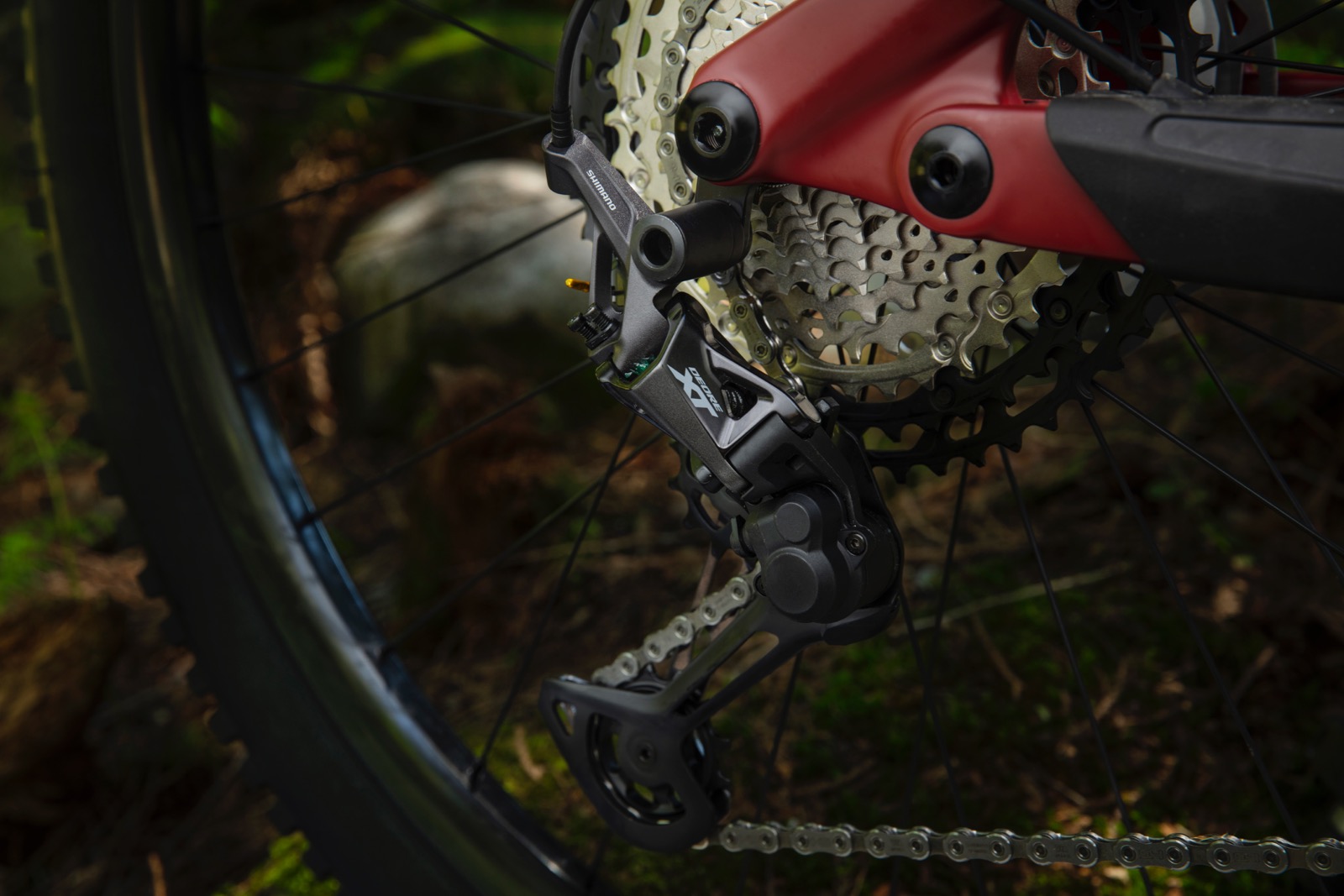
There are specific derailleurs for 2x setups for Deore XT and SLX, and that means there is a 3rdoption for XTR for 2x setups. XTR also has a few chain device options for 1x group sets.
For front derailleurs, all models are Side Swing, with clamp, E-type or direct mount options. XTR has better materials but there’s very little difference between Deore XT and SLX.
Crank sets
All three cranks still use a 24mm spindle, but Shimano now use a direct mount chain ring. You can get an eMTB specific ring in 34, 36 or 38t as well! Shimano XTR has options from 30-38t, Deore XT has 28-36t and SLX has 30-34t. Remember, they are all compatible if you’re seeking out a bit more range. Deore XT and SLX use a 2-piece ring for an alloy carrier with steel teeth.
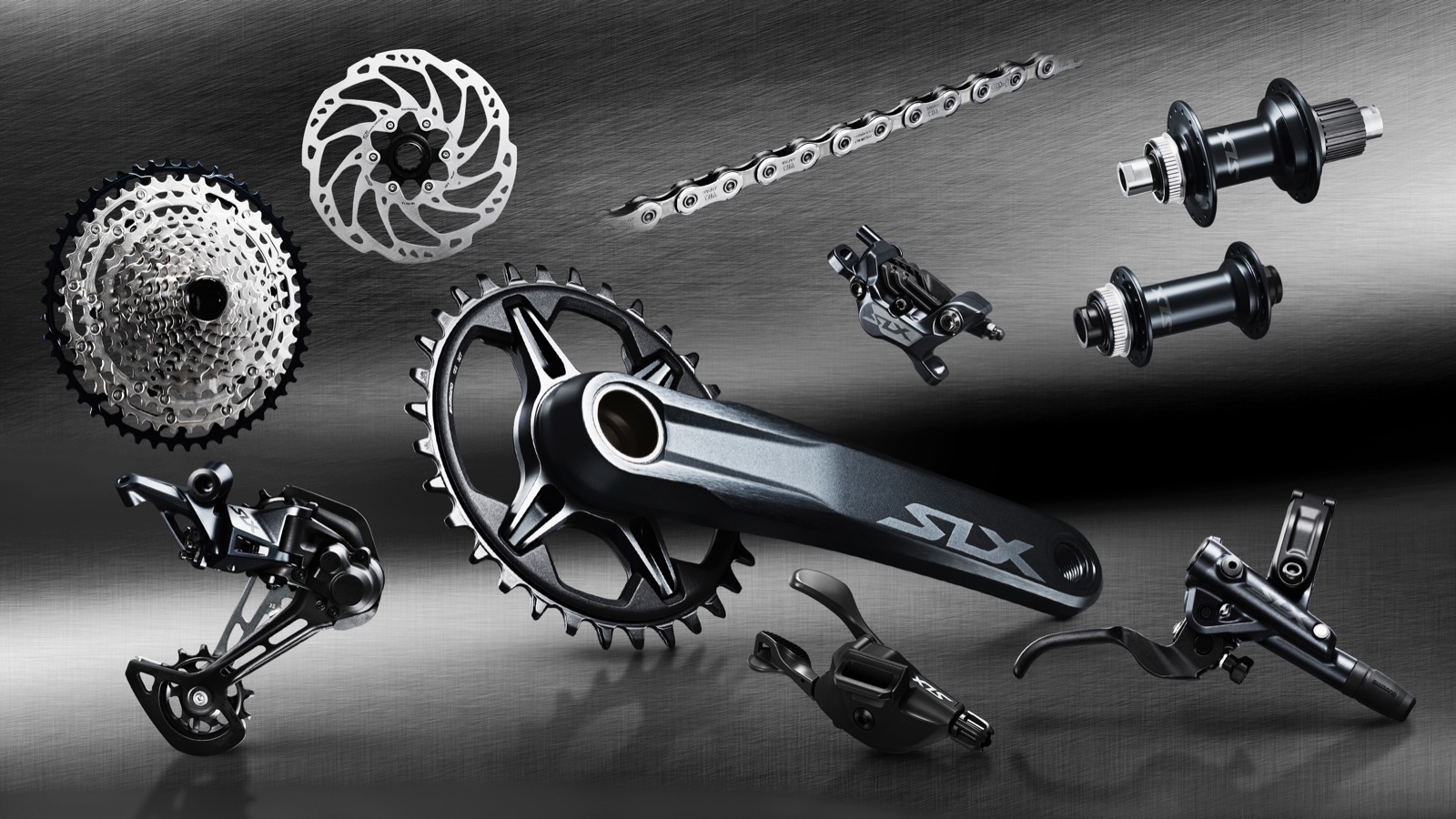
The 2x options are still direct mount as well, and with Deore XT and SLX there are 3 Q Factor widths for three chain lines – although just 2 chain line options if you’re looking at a 2x setup.
XTR is the most different here as the construction makes it a whole lot lighter yet still super stiff.
Chains and cassettes
Along with the chain rings, this is where the action is. All three groups share the Hyperglide Plus system, which is specific tooth profiling to match the chains for way faster shifting up and down the cassette, especially under load. If you consider this was already optimised for down shifts to large sprockets, what Hyperglide Plus does is helps the chain move to a smaller sprocket. Instead of the derailleur knocking the chain off and guiding it to the smaller sprocket, the shaping on the teeth and chain moves it over in far less of a pedal revolution. Even better, it engages best under load.
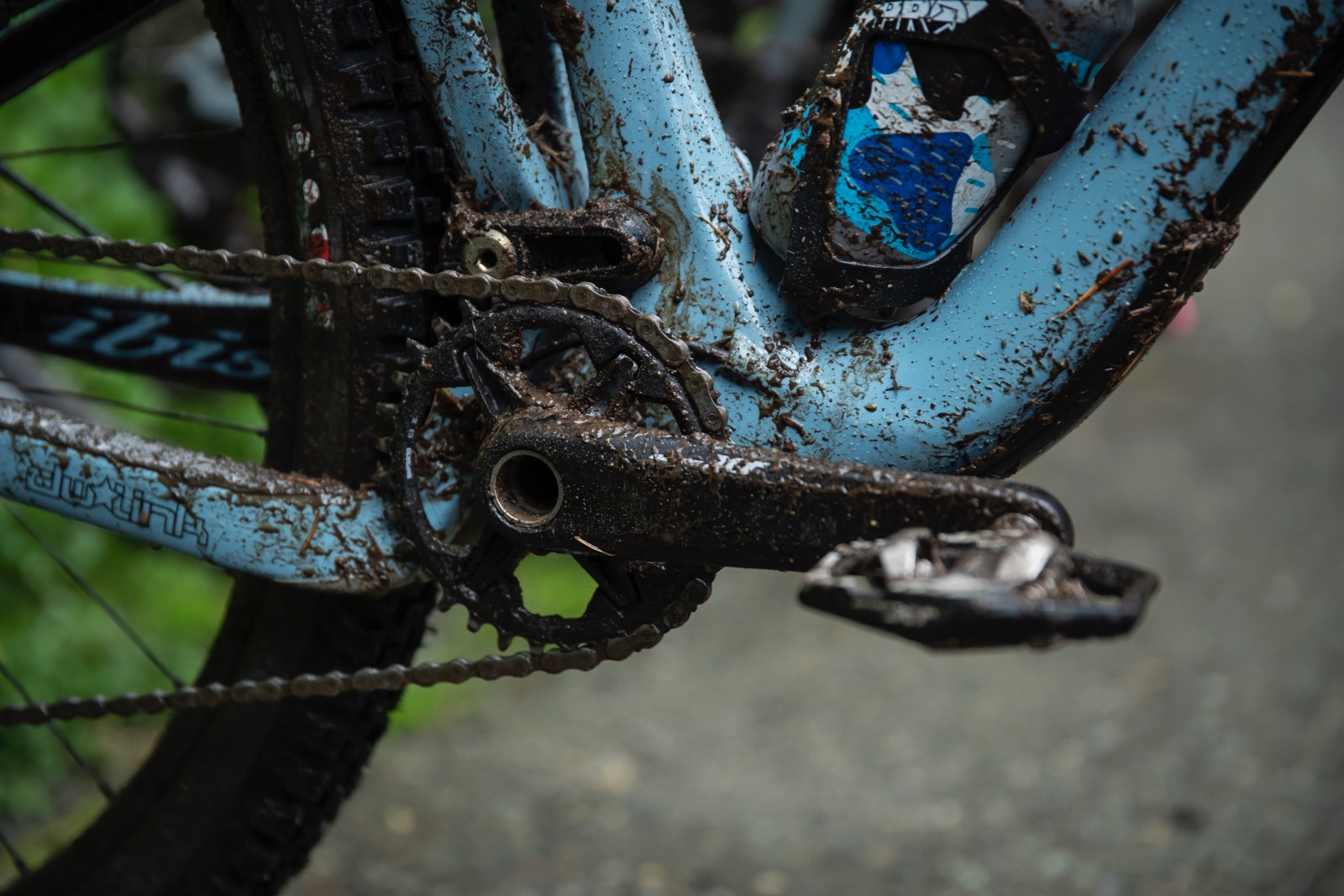
So, go ahead and shift while climbing, or getting out of the saddle. It just gets better! The cassette ranges are the same, but XTR has more alloy sprockets for the small gears, and the middle range is Ti. Deore XT has two alloy sprockets and SLX keeps it just for the big one. The chainrings have been designed to work with the chains so if you opt for a non-Shimano ring you might lose some of the chain security.
All the chains are 12-speed specific, and the XTR model has a full SilTec coating for improved shifting and durability. Also, the hollow pins make it lighter and stronger, as the peening is more effective. Peening is how the ends of the pins are flared, to hold the plates in.
Pedals
The pedals have been refined, mostly to optimise foot contact and pedal size. The aim is to increase comfort and clearance. This is the same for Deore XT and XTR, and there are also two platform sizes for the flat pedals.
Hubs and wheels
This is a big change for Shimano, as while they are still cup and cone for endless servicing and adjustment, the two plates engage for a much faster engagement – you’re looking at about 7 degrees. The XTR hubs are lighter, the SLX hubs are heavier – this is down to materials and production.
Deore XT hubs are available in normal through axle, Boost and Superboost, in centrelock configurations and 28 hole and 32 hole. There are straight pull options for XTR and Deore XT as well.
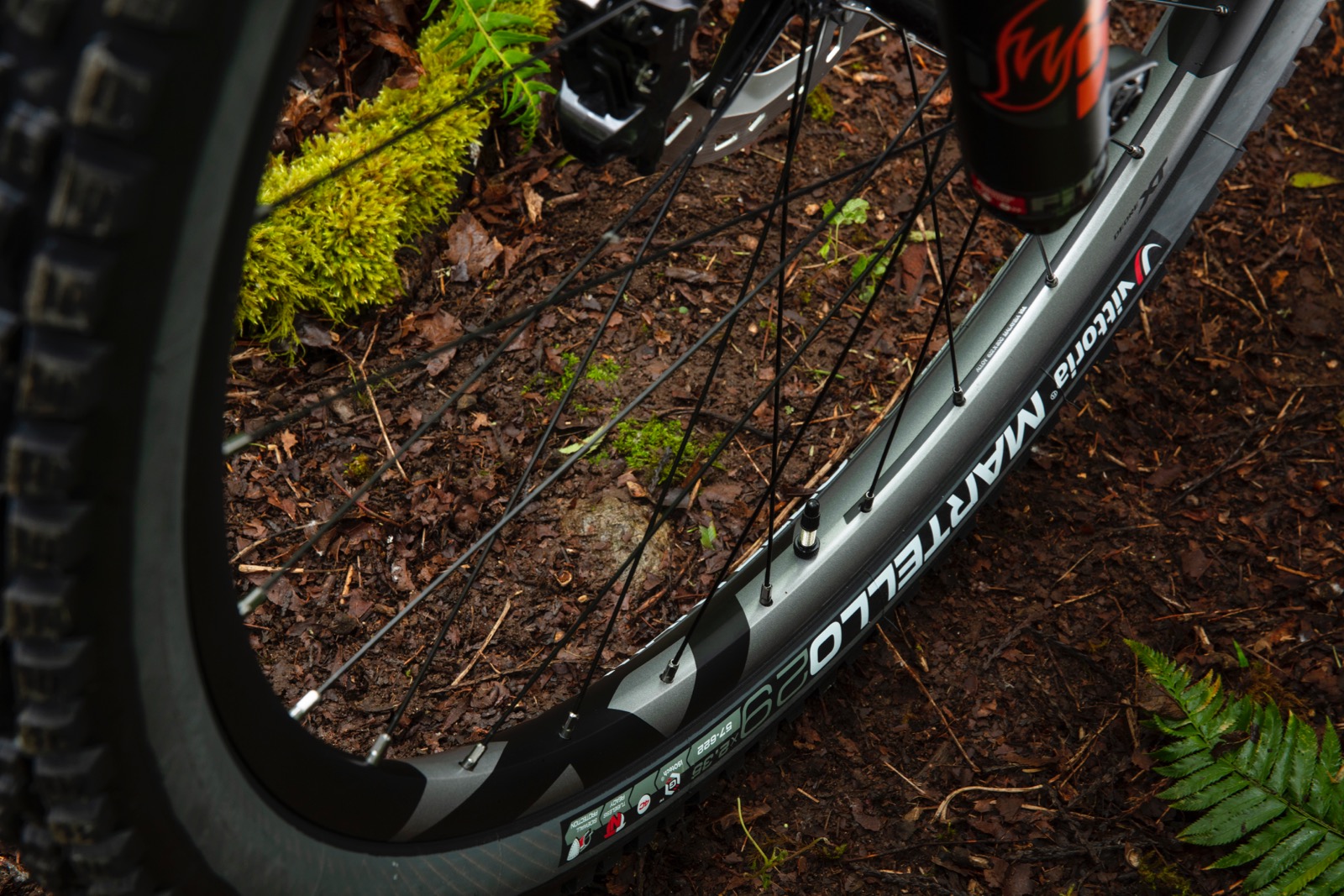
There are two Deore XT level wheel sets, one for regular trail use and a 30mm internal alloy rimmed model for aggressive trail use. It’s s zero dish tubeless wheel with wide hub flanges and 28 J-bend spokes – and we can’t wait to test a pair.
The big talking point here is Microspline, the new freehub standard that is required for Shimano’s 12-speed cassettes. It is a reduced overall diametre to allow the 10t sprocket. Right now this is still a catch with a Shimano 12-speed upgrade. Given the ride of the Deore XT hubs I’d build some wheels on them in a flash. And with the aggressive trail wheel, normal trail wheel and a MT620 wheel set available from Shimano, there are pre-built choices from Shimano. So far though, only riders with Industry Nine or Dt Swiss hubs (or designs using the DT Swiss hub internals) can upgrade their freehub to Microspline. We hear that White Industries have an option that works around Shimano’s design and is compatible, but when hub makers like Hope, Stan’s NoTubes, Novatec and more can use the design the 12-speed upgrade will be a lot smoother for more riders.(Hope have since been granted a licence to produce Microspline compatible hubs)
On the trail
So how does it all ride, right? Before heading to the launch I’d had about a dozen hours on the XTR M9100 12-speed group set, and my immediate thoughts were that there was very little difference when riding a Shimano Deore XT equipped Santa Cruz High Tower.
So much of the same features from the XTR 12-speed group have moved to the new Deore XT, that it really seems like the only things you give up are a few options on spec and some weight. About 350g all up over the whole group set, and much of this is in the cranks and rear cassette.
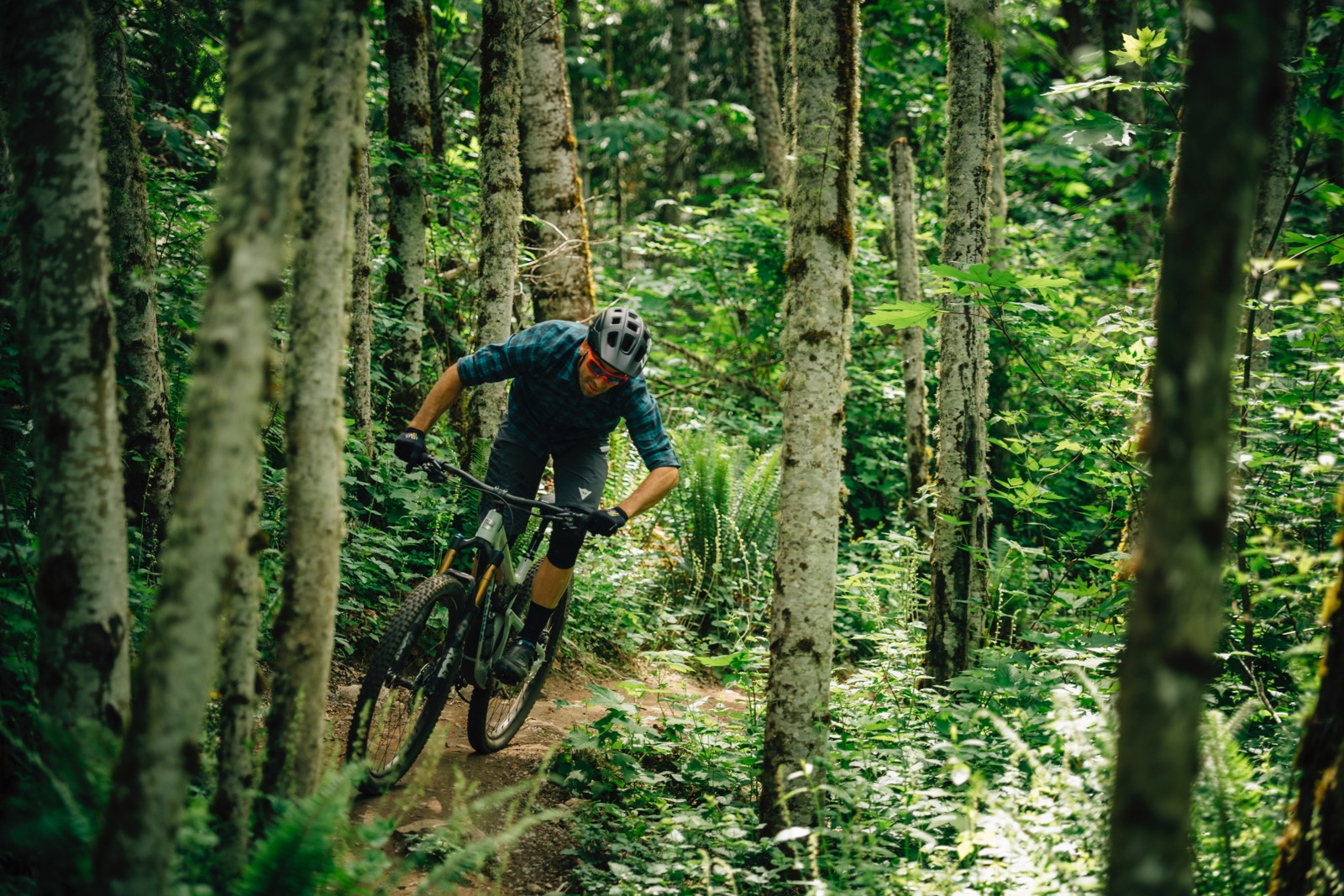
The beauty of riding trails blind in Bellingham was how much we all got to put the group sets under pressure. The trails are steep, both up and down, so we were often grabbing plenty of brake, or shifting under heavy load when faced with a pinch climb that was hidden by the thick trees. The trails were awesome, and the components didn’t hold anyone back.
One thing that has really made itself noticeable is how quietly the group sets run. This is especially noticeable on the XTR M9100 thanks to the full SilTec coated chain (it has a dampening characteristic as well), but also on Deore XT. The tooth profiles and chain shapes mesh so well that they stay engaged and bounce very little. It’s also the work done here that makes the shifting so smooth. There were no jumping gears on climbs no matter how late anyone forced a shift – and trust me we were all trying.
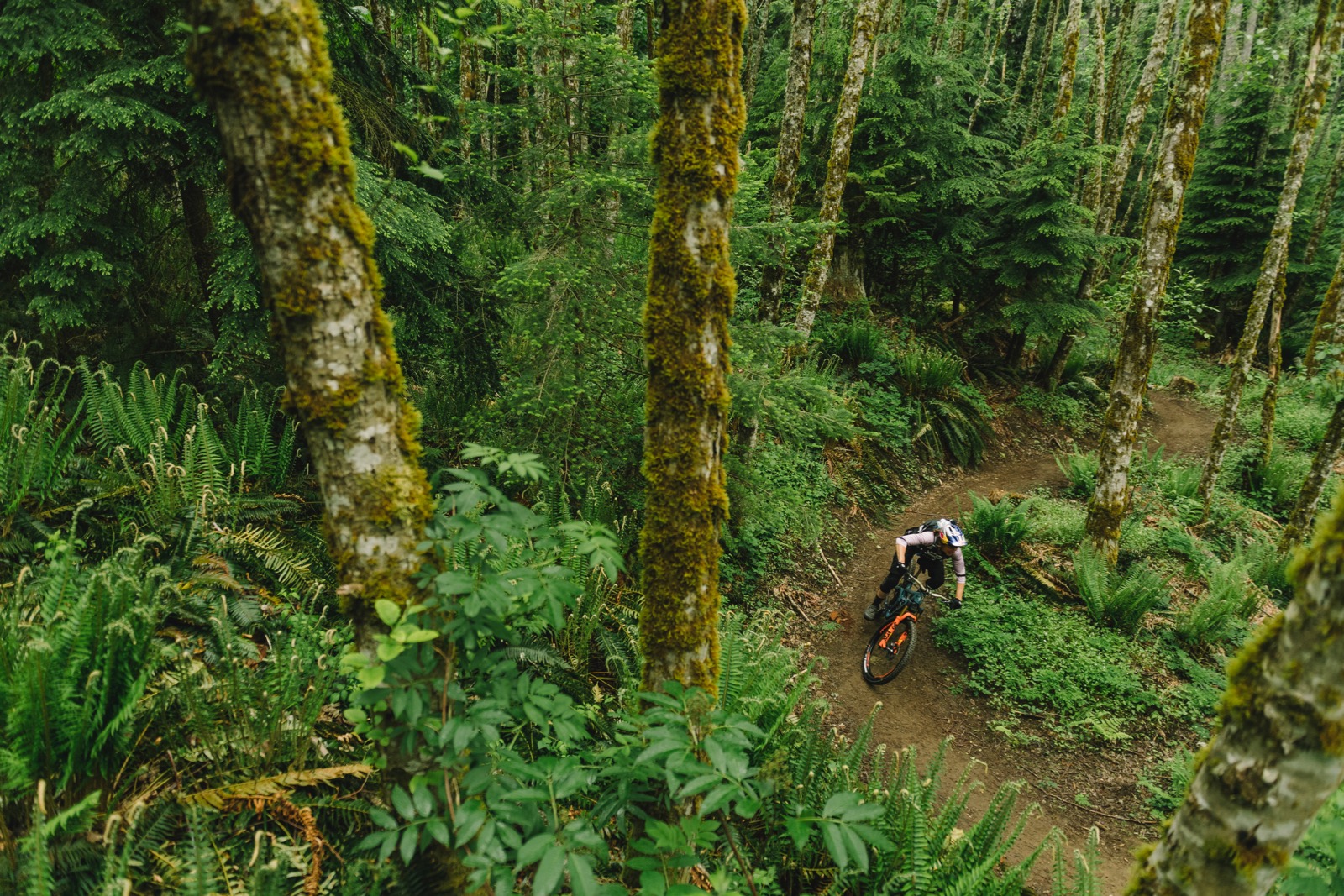
The action at the shift lever is also much improved, with a far lighter shift actuation. The 10-51 cassette doesn’t leave the largest jump in teeth for the move to the 51 either, so the shift feel is really consistent all the way through. The last shift is actually super light, which is nice as when you’re reaching for the 51t sprocket things usually aren’t comfortable – so at least the shift is.
I believe the updated hub design with a faster engagement is part of what helps for chain security and quiet running as well. Shimano admitted that their silent running hub did have to be shelved for now, but at speed the new hubs are near quiet anyway – but they make a cool buzz at low speeds in the carpark. With less freeplay in the freehub, I find it makes for a more stable drivetrain with less chainslap. This is anecdotal and based on riding a wide variety of hubs, with engagements from 20 degrees through to 1.5 degrees. The faster engaging hubs have always had a more stable drivetrain – and that’s something gained with Shimano’s latest hub design.
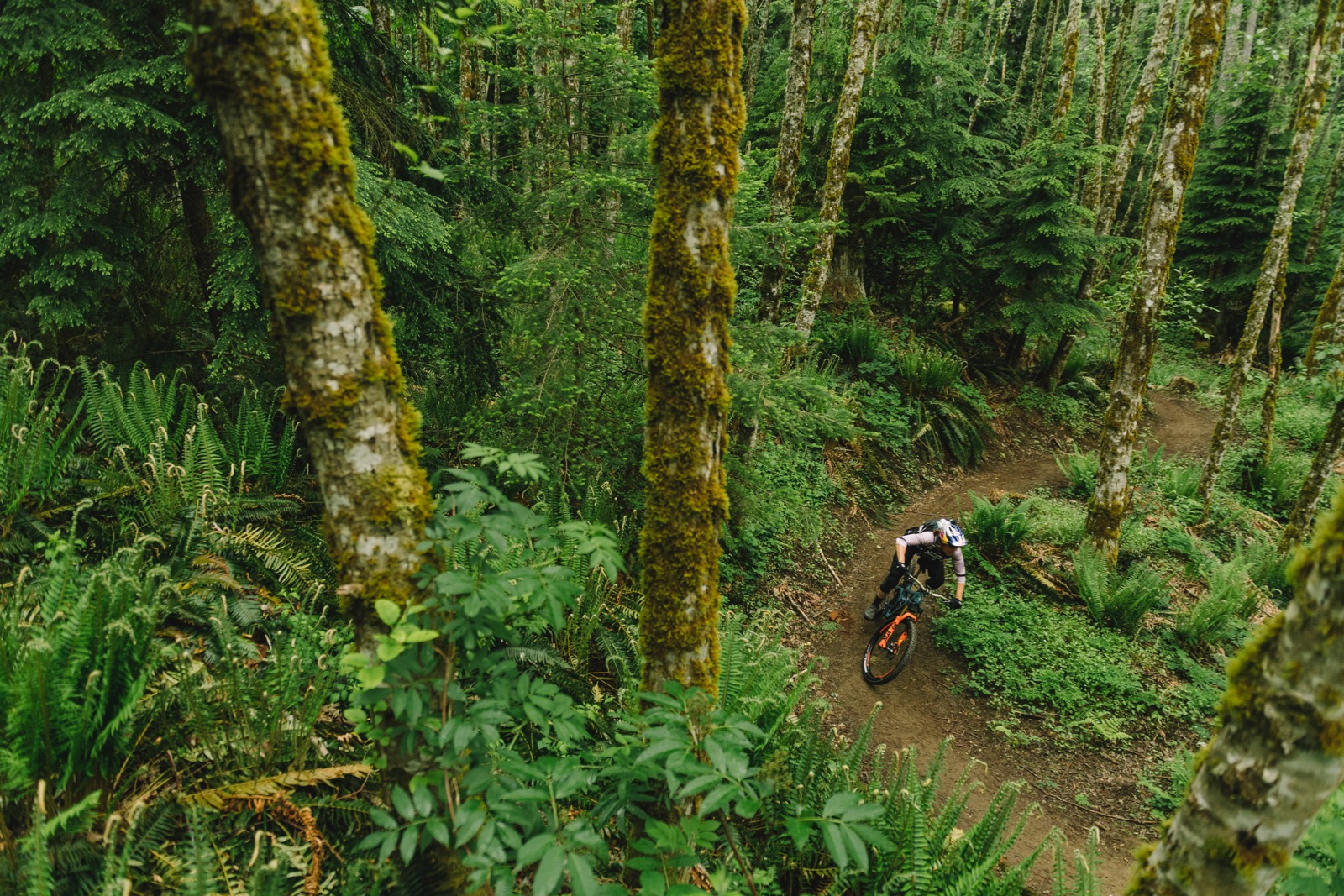
Due to feedback from riders saying they felt the brakes felt a bit too on or off, Shimano changed the lever feel for modulation. I have always loved the Shimano brake levers with the ServoWave action and the SLX, Deore XT and XTR M9120 levers all have that. The blade is a little taller for a better feel and the stiffness at the lever thanks to the new clamp is immediately noticeable. The XTR M9100 lever doesn’t seem have the same power or lever feel but if you’re chasing a cross-country or marathon specific race setup then this is the choice for the weight advantages. I’ve taken to running a 180mm front rotor on my XC bike with an M9100 group set and that way I have all the stopping power I need.
Should I upgrade?
That’s the big question isn’t it. If you have always preferred Shimano group sets then you will really appreciate the new 12-speed groups, no matter what budget you’re coming in at. Having owned bikes with the last 6 versions of XTR, and the last 3 versions of XT, and a couple of versions of SLX there is no doubt in my mind that the new group sets are a big leap forward. It’s clear that having wide range 1x group sets from Shimano is a big part of it, but having the range of brakes, new freehub designs and parts interchangeability to tune where you want to invest in lower weight or higher performance is a big bonus.
Shimano’s 11-speed groups made an upgrade from 10-speed a little easier as they stuck with their splined freehub design. The Microspline freehub is a bit of a catch as it means some riders can buy a new freehub, but many will need a new rear hub and wheel build, or maybe a whole wheel or wheel set.
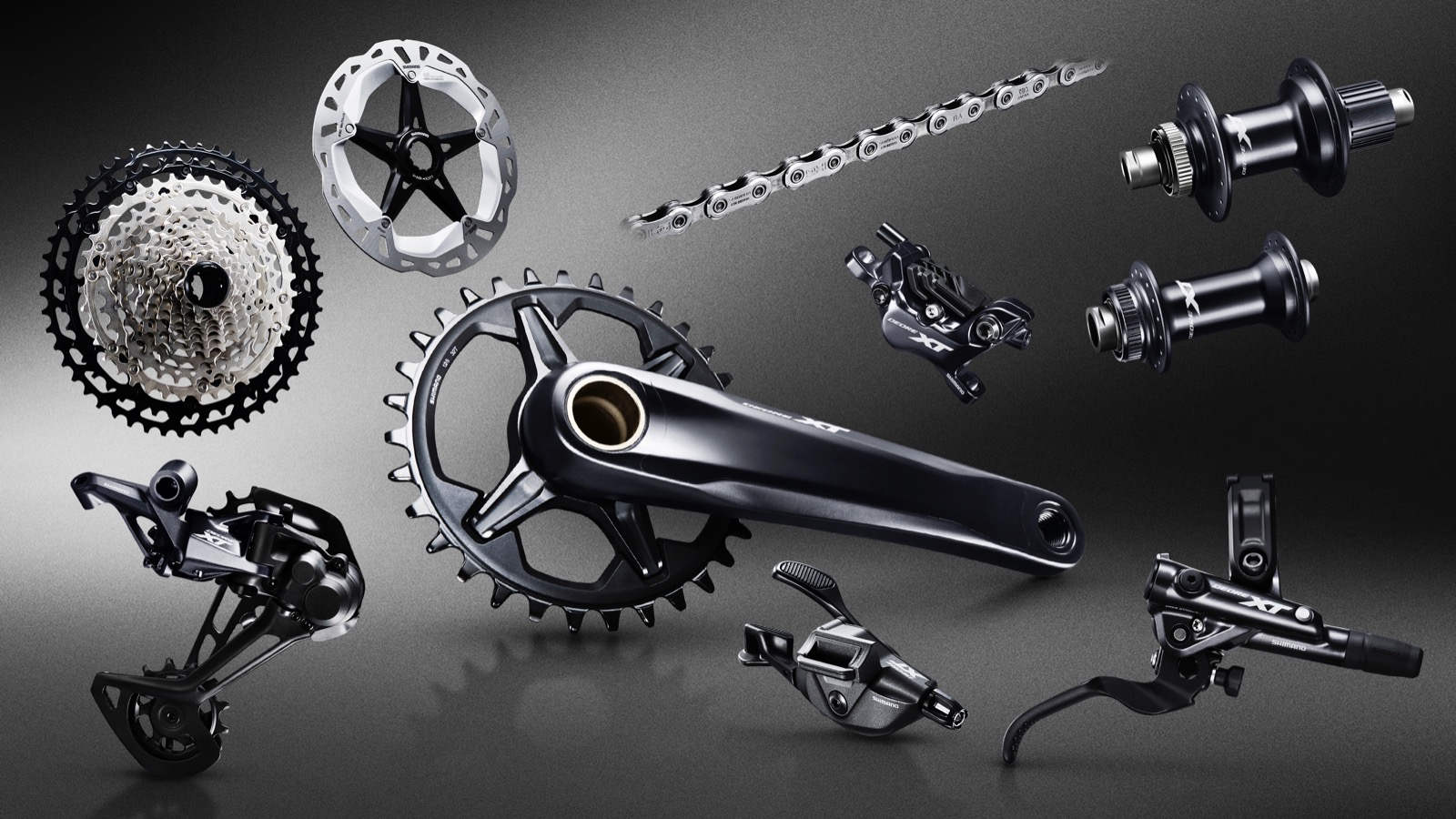
As bike designs change this is possibly inevitable, and I think if you have been waiting for Shimano to have a widely available 12-speed option – it’s here and it is time to jump in. Reading over the differences it seems subtle, but how it works on the trail and under pressure is where the true differences lie. Shimano did come to 12-speed a little late, and XTR M9100 was pretty thin on the ground at first, but with three group sets now out in the wild Shimano are right back at the top of their game.
With an XTR M9100 group set on long term test and an Deore XT M8100 group set being fitted up for long term review as you read this, we’ll have more in-depth looks into the specific groups over the coming months.

